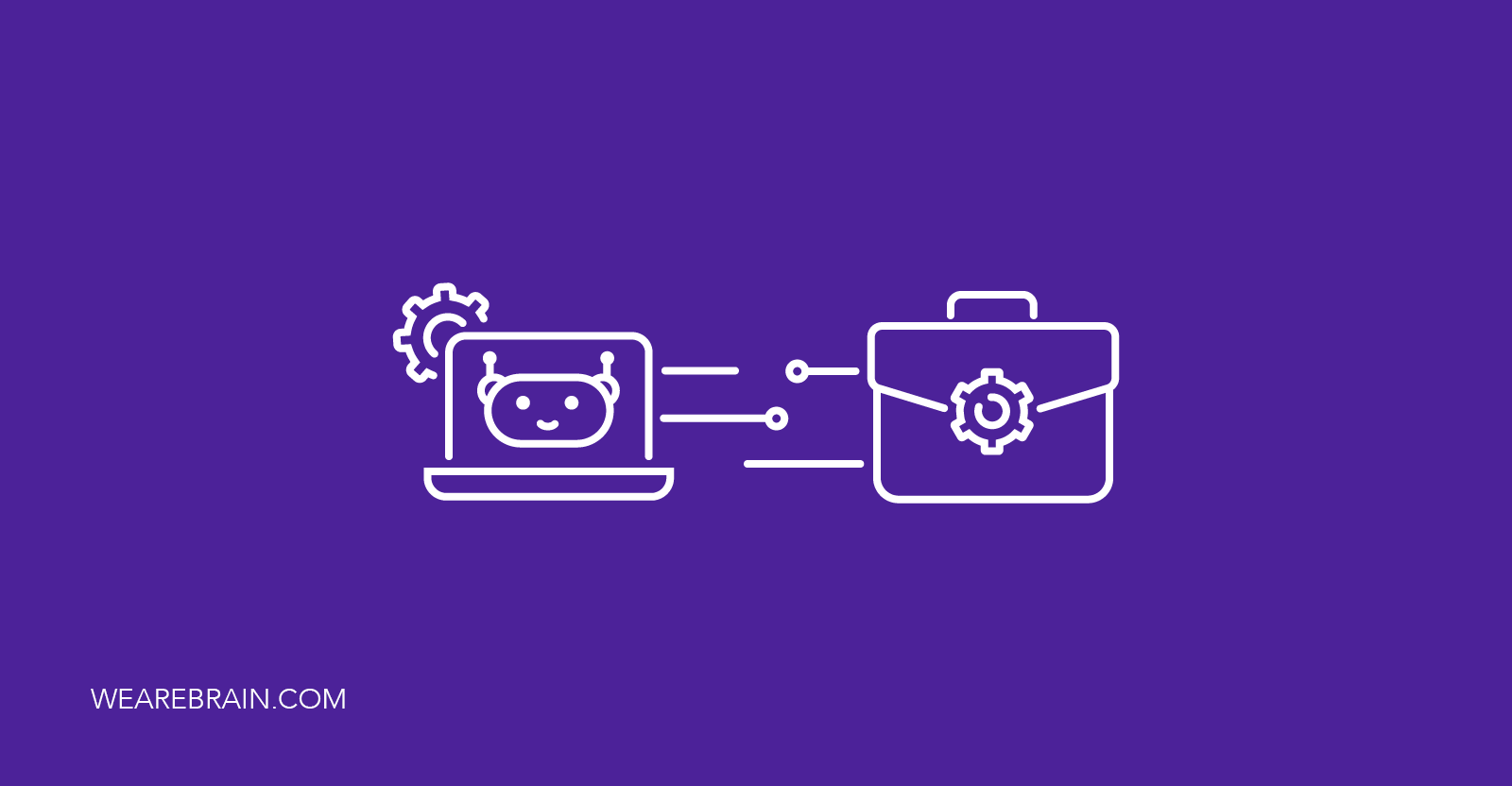Business Process Automation (BPA) — a valuable partnership for increased business workflow efficiency

Business Process Automation (BPA) is quickly becoming a highly strategic enabler of business control, agility and productivity. But what is it exactly?
Business Process Automation (BPA) is quite simply when digital process automation is incorporated into a business framework and workflow using Robotic Process Automation (RPA). It is a way to get businesses to turn away from paper and turned on to digital when processing repeatable processes. A normal business process is started by a trigger which initiates a set of predefined workflow steps which conclude in a predictable result.
The goal of BPA is to not only automate these business processes but to simplify and improve business workflows as well. Within BPA, automated business processes are managed collectively to improve an organisation’s overall workflow in terms of achieving greater efficiency, adapting to changing business needs, reducing human error and clarifying job roles and responsibilities.
Without further ado, here are 5 benefits of BPA:
1. Greater overall efficiency
BPA aims to make processes more cost-efficient, streamlined, error-proof and transparent. With automated processes in place, organisations save time and ensure best practices are implemented to improve overall operational efficiency.
2. Improved accuracy
As impressive and complex as human beings are, we are at times susceptible to error. Errors occurring in the workplace, however big or small, tend to be common when humans are involved. We can make mistakes when entering information or making calculations which have a consequential knock-on effect. BPAs are designed and formulated for 100% accuracy, consistently. The only margin for error is human involvement, from the human designer of the BPA, the human who implemented the process or the decision-making based on the results of the automated processes.
3. Easier compliance
Due to the reduced scope of human error and omissions which BPA provides, businesses who face legal compliance or trade rules and regulations will find that these processes are more aligned and clear with the aid of automation. The automated procedure can be overseen with more clarity, which makes issues of compliance easier to manage.
4. Decreased workload, increased productivity
As business process automation completes more of the manual tasks, the workload of employees is decreased. Automation allows information to be gathered and integrated with ease, saving employees from having to sieve through mountains of paperwork. As business process automation takes over manual tasks and eliminates human error to such a great extent, employees can fret less about these potentially costly errors. They are also free to do more specialised tasks that are more suited to their abilities and interests.
5. Streamlined onboarding and training
RPA within a BPA framework can save more time by making the onboarding process more self-service. Utilising AI chatbots, a business’s HR department can interact with new recruits onsite and make the onboarding process more efficient. Chatbots can provide all the necessary company FAQs and even interact with workforce management software like Peoplesoft and Kronos. Chatbots can also be used as virtual HR assistant tools which can help perform a host of training for new employees.
Robotic Process Automation assists Business Process Automation to be cost-effective and time-efficient with increased overall productivity. It is a way in which businesses are harnessing the potential of artificial intelligence to assist with the mundane, repeatable grunt work in order to free up time for employees to focus on more important issues. It creates a situation where only a few employees are needed to cover positions and responsibilities which, without AI, would require more people, more time and more money.
Elvire Jaspers
Working Machines
An executive’s guide to AI and Intelligent Automation. Working Machines takes a look at how the renewed vigour for the development of Artificial Intelligence and Intelligent Automation technology has begun to change how businesses operate.







